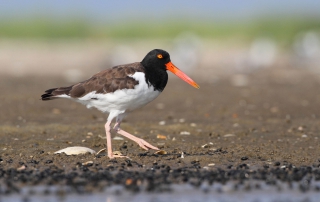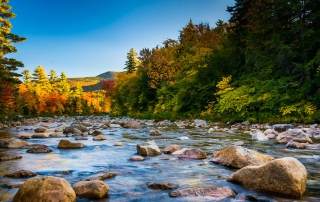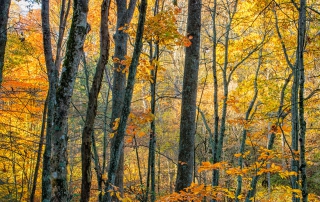ACJV Partners Receive 2014 North American Migratory Bird Joint Venture Conservation Champions Award
The Maine Wetlands Protection Coalition and the South Carolina Working Group of the South Atlantic Migratory Bird Initiative received the 2014 North American Migratory Bird Joint Venture Conservation Champions Award. The organizations are recognized for their leadership and participation in efforts to protect migratory birds and their habitats. The Maine Wetlands Protection Coalition is a [...]






